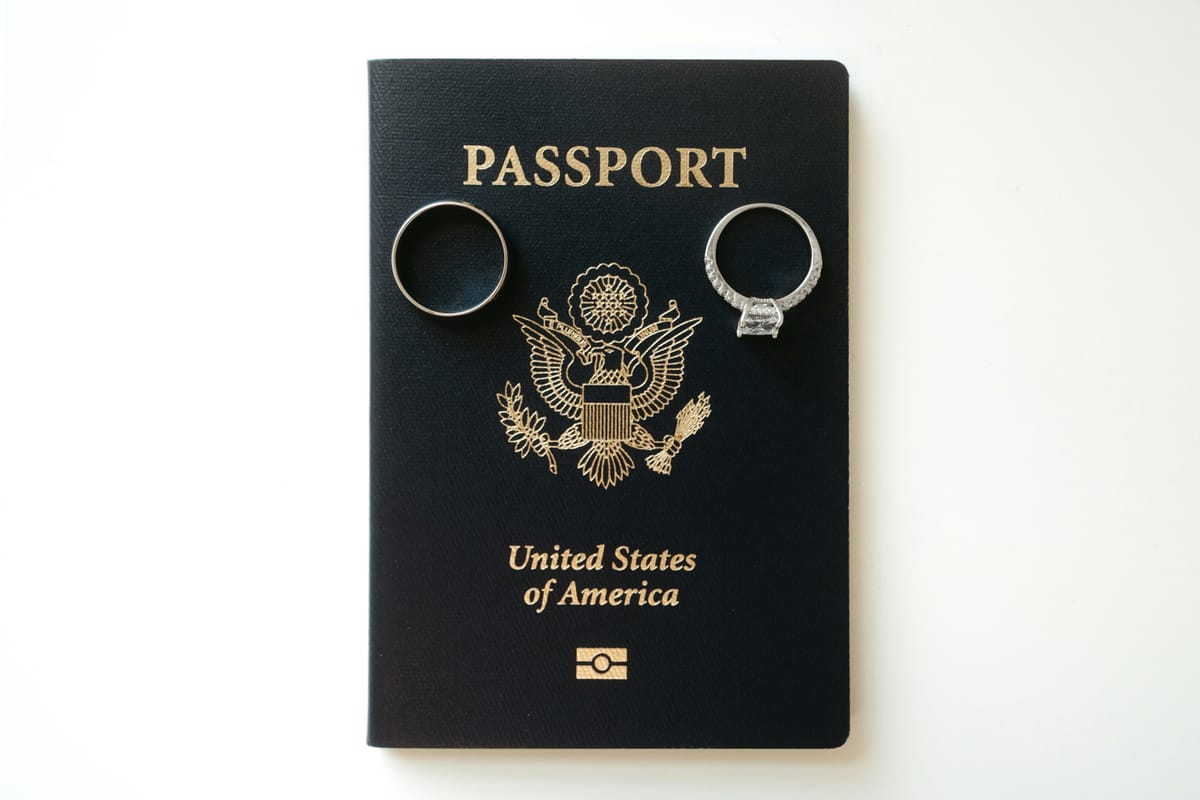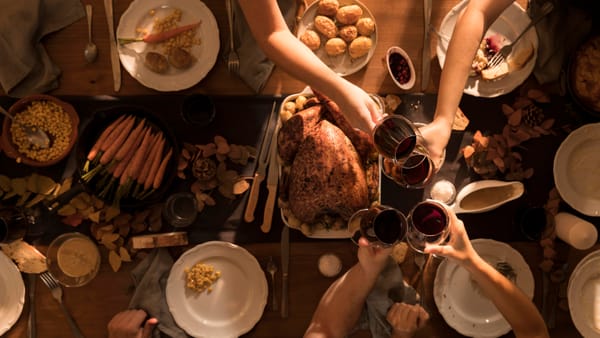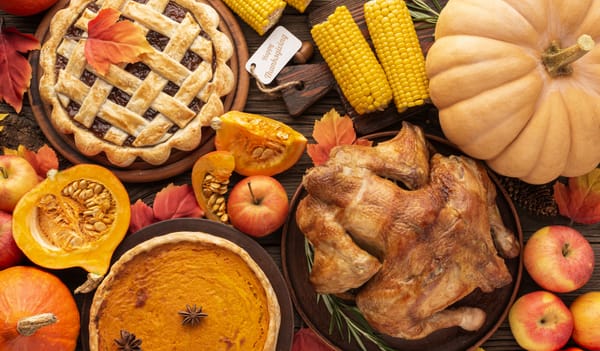Planning a Multilingual Wedding? Here’s How to Make Photo Sharing Easy for Everyone

Weddings often bring together people from different backgrounds, countries, and languages — and that’s exactly what makes them so beautiful. But if you're planning a multilingual wedding, you’ve probably already discovered that logistics can get a little tricky. From ceremony translations to signage, every element needs to feel welcoming for all guests — including your photo sharing solution.
In this post, we’ll break down how to make capturing and sharing memories easy and enjoyable for everyone, no matter their native language or tech skills. These practical tips will help ensure that your guests — whether they speak English, German, Romanian, Spanish, or anything else — can participate in the moment with ease.
💬 Why Language Accessibility Matters More Than You Think
Multilingual weddings are becoming increasingly common — not just for international couples, but also for multicultural communities and destination weddings. However, when guests encounter language barriers, they may hesitate to engage with digital tools like photo galleries or RSVP platforms.
Language isn’t just about communication; it’s about comfort. If your wedding tools and signage are only in one language, some guests may feel excluded or uncertain about what to do. This applies especially to older guests, who may already feel out of their depth using smartphones.
Choosing tools that support multiple languages out of the box, especially when it comes to tech-driven elements like QR codes and guest interactions, ensures that everyone can engage fully — including those who aren’t fluent in the main wedding language.
📱 Choosing a Photo Sharing Platform That Speaks Everyone’s Language
Let’s face it: asking your guests to download an app, sign up, and navigate a UI in a language they don’t understand is asking too much. This is where many popular photo sharing apps fall short — especially when they're optimized only for English-speaking users or iOS devices.
JoinMyMoment simplifies this by offering a multilingual interface that automatically detects the guest’s browser language. If your aunt from Germany opens the QR code, she’ll see everything in German. If your friend from London scans it, they’ll see English. It’s that seamless.
Even better, guests can manually switch languages if needed. This small but meaningful feature goes a long way toward making every guest feel included and empowered to share their favorite moments from the celebration.
📝 Tips for QR Code Signage and Multilingual Instructions
Even the best tools need clear instructions — especially at a wedding where people are busy enjoying themselves. Here are some tips to make your QR-based photo sharing signage more effective for a multilingual audience:
- Use dual-language or tri-language signs: Include 2–3 major languages spoken by your guests on each table sign or poster.
- Keep the instructions ultra-simple: “Scan. Snap. Share.” goes further than a paragraph of text.
- Use visual aids: Include icons for camera, phone, or cloud upload — universally understood symbols.
- Color code or flag: Use small flags or colored headers to indicate language sections on the signage, making it easier to skim.
By combining the right photo sharing platform with thoughtfully designed signage, you create a truly inclusive wedding experience that transcends language.
🎉 Encouraging Older Guests to Participate Too
One of the most rewarding things about guest-uploaded photo galleries is seeing candid, heartfelt images from guests of all ages — not just the tech-savvy millennials. But if you want those over-60 guests to join in, you’ll need to make it really easy.
That’s where browser-based tools shine. JoinMyMoment, for example, doesn’t require downloads, accounts, or typing. Guests simply scan a QR code, and they’re immediately taken to a familiar-looking camera screen where they can take and upload photos.
This simplicity helps older guests participate confidently, especially when paired with signage in their native language. One bride who used JoinMyMoment reported that “even my grandma, who’s never installed an app in her life, managed to take a photo and send it.”
🌐 Real-World Use Cases from Multilingual Weddings
Let’s take a look at how couples are already making multilingual photo sharing work in real life:
- Romanian-German wedding: With guests from two countries, the couple used JoinMyMoment’s auto-language detection and provided table signs in both languages. Participation was high, with over 100 photos submitted from 35 guests.
- French-English destination wedding in Italy: The couple created custom QR signage in three languages and used JoinMyMoment's manual language toggle feature. Guests appreciated the intuitive flow and ease of use.
- Indian-American wedding: With four generations in attendance, the couple needed something older guests could navigate easily. A browser-based platform with Hindi/English instructions ensured full-family engagement.
The common thread in each example? Minimal friction and thoughtful inclusivity, made possible by the right tech choices.
✅ Final Thoughts: Making Your Diverse Guest List Feel Seen
When planning a wedding that spans cultures and languages, the details matter — and digital accessibility is one of the most important ones. Giving your guests a frictionless way to participate in your wedding photo album, regardless of their language or device, ensures that your gallery truly captures everyone’s perspective.
Platforms like JoinMyMoment make this possible with multilingual support, no-app access, and a simple user interface. But beyond tools, what makes a difference is your mindset: treating inclusivity not as a feature, but as a foundation of your celebration.
So whether you're planning signage, music playlists, or photo galleries — speak everyone's language. Literally and figuratively. 💖




